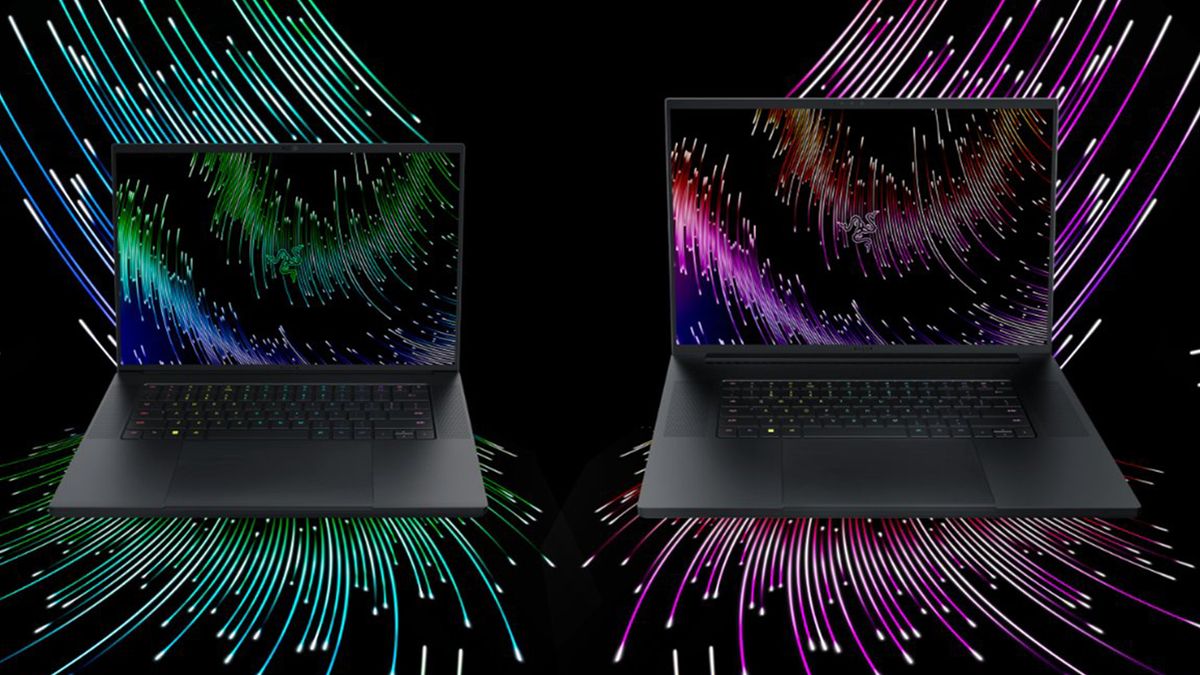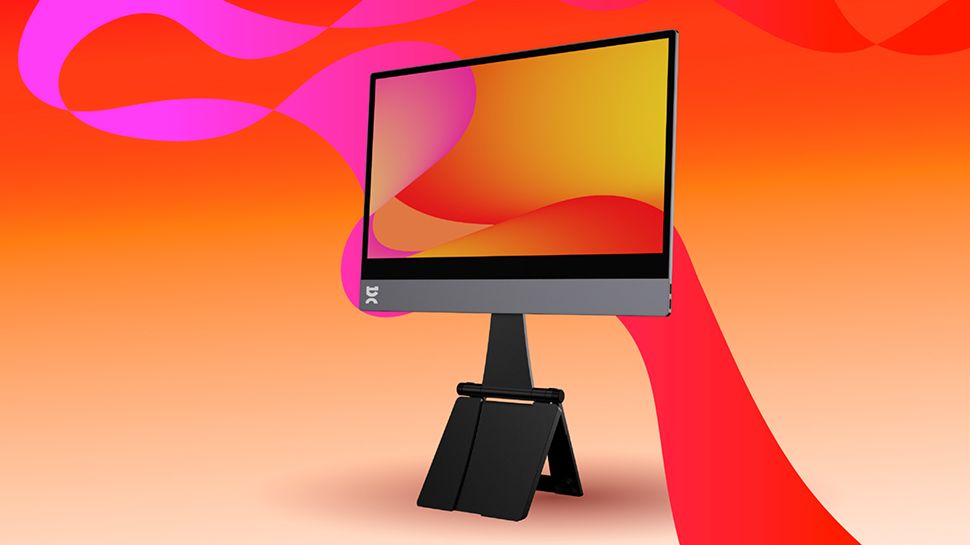Razer swings back into the gaming laptop game with the Blade 16 and Blade 18, both of which have had some serious muscle.
The two machines will be “equipped with the latest 13th generation Intel Core i9 HX Chipset” and a GeForce RTX 40-series GPU from Nvidia, which can be operated with up to 175 W TGP (Total Graphics Power). 175W refers to the amount of power sent directly to the GPU to ensure high performance, but not power efficiency as this drains the battery fairly quickly.
Judging by the description, there will be several models of Blade laptops corresponding to a specific graphics card. The full list is unknown. However, we know that the powerful will be housed RTX4090. As impressive as the hardware is, what really wins us over are the differences between the two (opens in new tab). The Blade 16 is arguably the less powerful of the two, but it still packs impressive features.
Impressive differences
Razer claims so Razer Blade 16 (opens in new tab) has the “world’s first dual-mode mini-LED display,” meaning it has two native resolutions: Ultra HD Plus (3840 x 2160 pixels) at 120 Hz, also known as Creator Mode, and Full HD Plus ( 1920 x 1080 pixels) at 240 Hz, called gamer mode.
As the name suggests, each resolution is better suited for a specific task. Creator mode allows content creators to work in 4K resolution for optimal quality. Game mode, on the other hand, lowers the resolution in exchange for smoother gameplay. The “plus” aspect refers to the accompanying features that further increase the display quality, such as support for HDR 1000 and 100% DCI-P3 color gamut for brilliant images.
The Razer Blade 18 takes a different approach as it aims to be a replacement for desktop computers. Instead of two native resolutions, it’s stuck with a 240Hz Quad HD Plus (2560 x 1440 pixels) display, which Razer says is the “perfect” middle ground for work and play. And while HDR 1000 is missing, the device still supports the full DCI-P3 range.
Other notable features on the blade 18 (opens in new tab) cementing its status as a “desktop replacement” includes “a 5-megapixel camera, a 6-speaker THX spatial audio array, upgradeable components, an extensive port selection, and hyper-efficient vapor chamber cooling.” The Blade 16 has similar features, but to a lesser extent. For example, instead of an array of 6 speakers, it has four. The Blade 18 has three fans for its cooling system, while the 16 has two, and so on.
Availability
Speaking of the Razer Blade 16, there’s one small issue that’s worth mentioning. according to a Engadget report (opens in new tab), switching between Creator and Gamer modes is pretty clunky. Users must completely shut down and restart the laptop to change resolutions. You can’t just go into the menus.
Awkwardness aside, if you’re interested in either one, be ready to cough up the cash. The Razer Blade 16 and 18 are priced at $2,699.99 and $2,899.99, respectively. Both will be launched in the first quarter of 2023, so they should be available for purchase in the next few months.
If you’re looking for something more affordable, check out the TechRadar guide on the The best cheap gaming laptops for January 2023. We have some for less than $700.





![Arcane season 2 act 3 ending explained: is [SPOILER] dead, is there a post-credits scene, will there be a season 3, and more of your biggest questions answered](https://cdn.mos.cms.futurecdn.net/eigNZzwmEEgjNReJf2UgzQ-1200-80.jpg)